Piffaro’s “instrumentarium” is unique and one of the band’s defining traits. Over the years, founders Joan Kimball and Bob Wiemken have built this treasure piece by piece, often acquiring instruments at their own expense. As our founders retire, it is time to bring all of our instruments together under one roof, ensuring that Piffaro maintains its exceptional sound for all time. Your contribution to the Instrument Fund underwrites the purchase, maintenance, and related costs of our instruments, without which there would be no Piffaro!
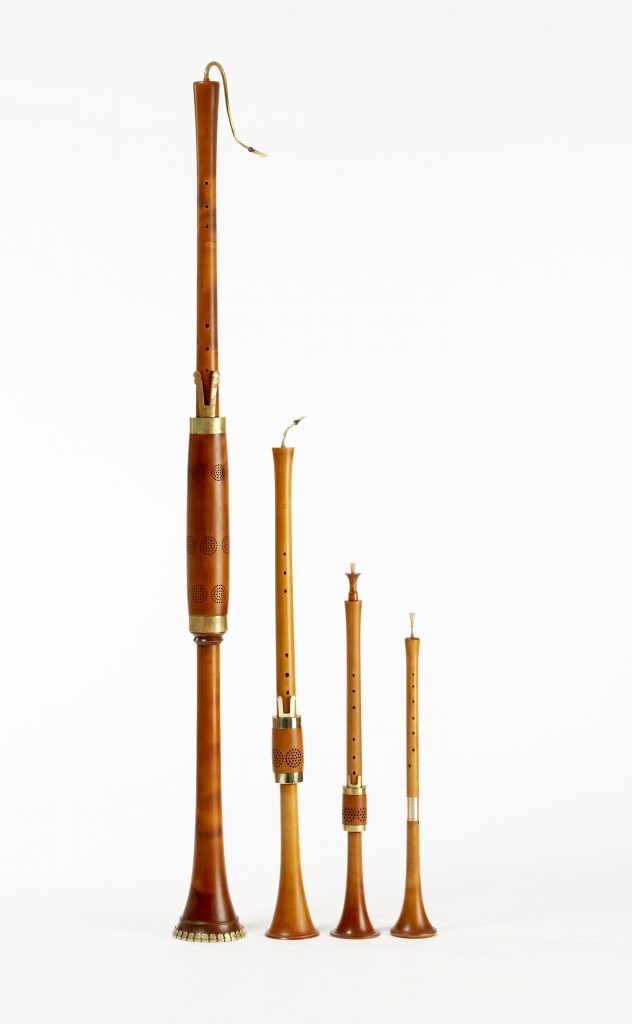
Shawms
Exploring the world of early double reed instruments was one of the raisons d’être for Piffaro’s founding, and the medieval and renaissance shawm was the primary double reed instrument in those early years. To get to where we are today with our shawms, we traveled a circuitous journey involving a number of different instruments from a variety of makers. In 1985 at the Boston Early Music Festival we discovered a set modeled more accurately after surviving originals. The English maker John Hanchet was there displaying his wares, and after trying them out we knew this would be a big step up for our sound. On the spot we ordered a full renaissance consort of soprano, alto, tenor and bass from him.
- Soprano | Joel Robinson
- Tenor | Robert Cronin
- Bass | Fritz Heller
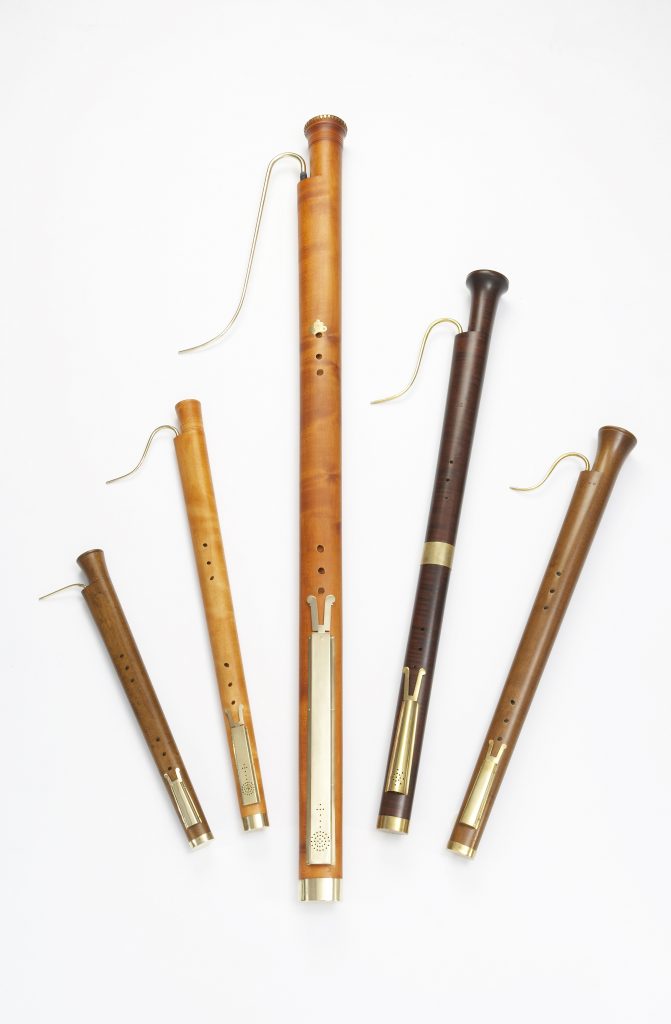
Dulcians
Our love affair with dulcians began early and has grown over the years, with numerous changes and additions to the collection. Our first one was a bass from the German maker Gunther Koerber, a copy of a surviving original, but still altered to suit modern bassoonists. That was soon followed by an instrument from the American maker Phil Levin, closer to the specs of the originals in modern collections. Piffaro’s shift to Renaissance high pitch created the need for new instruments, and at that point we expanded the collection to include tenors, altos, and two larger basses. Now one of our favorite consorts, and one that we don’t get the opportunity to play often enough, it has a deliciously suave and smooth affect.
- Soprano | Eric Moulder
- Alto in G | Eric Moulder
- Tenor | Eric Moulder
- Tenor | Martin Praetorius
- Bass | Martin Praetorius
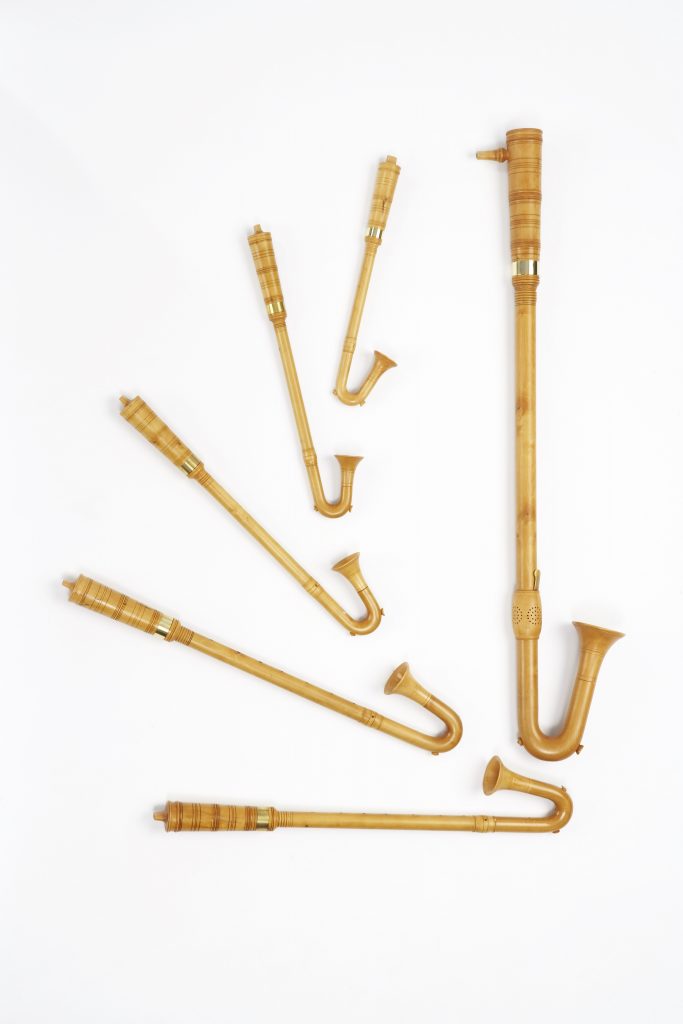
Krumhorns
Krumhorns have garnered a notorious reputation, commonly referred to as “the buzzies” or the “kazoos” of the Renaissance. Piffaro has sought over the years to counter that reputation, even if we have occasionally given in to the temptation of playing them for mildly comic possibilities. Fortunately for us, we have a fabulous set of krumhorns made by German maker, Stephan Beck. They are less familiar than the ubiquitous Renaissance krumhorns that have a wide curve at the lower end produced by a steam-bending process. Beck sought to copy an instrument housed in the Kunsthistorisches Museum in Vienna. The lower part of that instrument is carved rather than bent, producing the distinctive tight-curved shape of our models.
- Soprano | Stefan Beck
- Alto in G | Stefan Beck
- Alto in F | Stefan Beck
- Tenor | Stefan Beck
- Tenor | Stefan Beck
- Bass | Stefan Beck
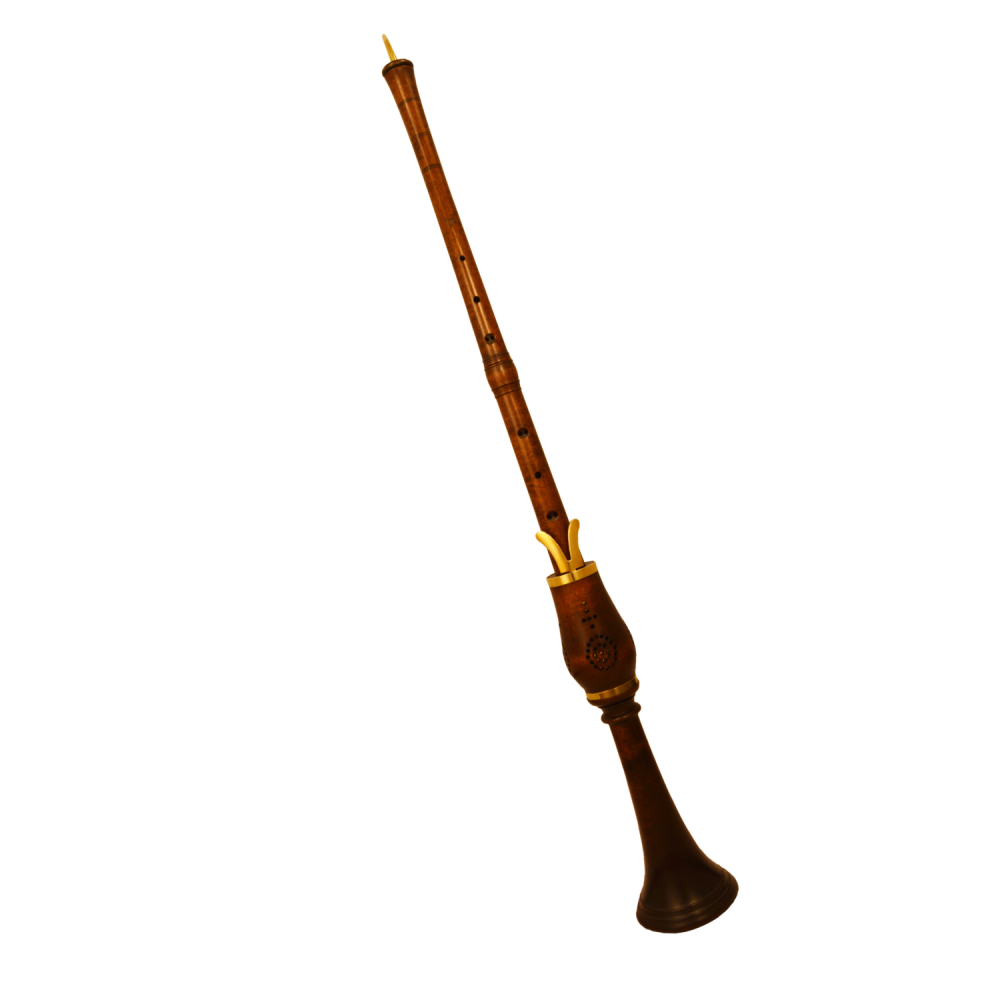
Schalmei
Our standard shawms for the loud band are modeled after 15th and 16th century originals, but in the early 2000s we purchased three Deutsche Schalmeien, instruments developed later in the 16th century and played well into the 17th. These instruments were a find at the Boston Early Music Festival – lucky we were to have such a convenient venue for trying out and ordering our instruments! Made by Guntram Wolf, our two sopranos and alto are pitched in C and F, a modification away from D and G pitched renaissance shawms that created the more standard 17th century consorts of instruments from which the modern oboe and English horn derive. These instruments have been particularly useful in the early baroque repertoire we occasionally play with singers and strings in proto-orchestral combinations. And the alto even made an appearance in VESPERS, the 21st century work commissioned by Piffaro and composed by Kile Smith.
- Soprano | Guntram Wolf
- Soprano | Guntram Wolf
- Alto | Guntram Wolf

Bagpipes
The first pipes that Piffaro members played were made by Joel Robinson in the 1970s and are still affectionately called the “Robinson pipes.” Cylindrically bored, with a single drone, they have a satisfying, buzzy sound. Joel also supplied us with a larger, conically bored pipe pitched in A, modeled after one depicted in a famous woodcut by Albrecht Dürer. Joel’s large A pipes’ full sound is reminiscent of the powerful Scottish Highland pipes.
We bought four sets of pipes from the Dutch maker Paul Beekhuizen in 1997. These conically bored instruments pitched in G with either a double or a single drone blend beautifully together in three-part harmony. Piffaro was touring in Belgium in the summer of 1997, and so we picked up the new instruments in person. After trying them out in Paul’s shop, we took them with us on a walk along one of Belgium’s picturesque canals, playing them as we went along. It also happened to be the evening of the summer solstice, and appropriately we chose the tune “Die winter is vergangen.” A most memorable introduction to these pipes!
- Cylindrical, G or D | Joel Robinson
- Conical in A | Joel Robinson
- Conical in G | Paul Beekhuizen

Percussion
What wind band would be complete without a good set of percussion instruments? They are an absolute requirement for accompanying dance music, and useful in other compositions as well. Piffaro has for many years used three fine tabor drums, hand drums, and tambourines, all made by percussionist and builder Ben Harms. All have skin heads, in line with what their original forebears would have sported, giving a close approximation to the percussive sounds enjoyed in the 15th through 17th centuries. The tabors are double headed, with a gut string stretched over one of the heads, so that when the drum is struck, the string vibrates against the skin, producing a very appealing rattling sound.
- Large tabor | Ben Harms
- Small tabor | Ben Harms
- Tambourine | Ben Harms
- Large frame drum | Ben Harms
- Small frame drum | Ben Harms
